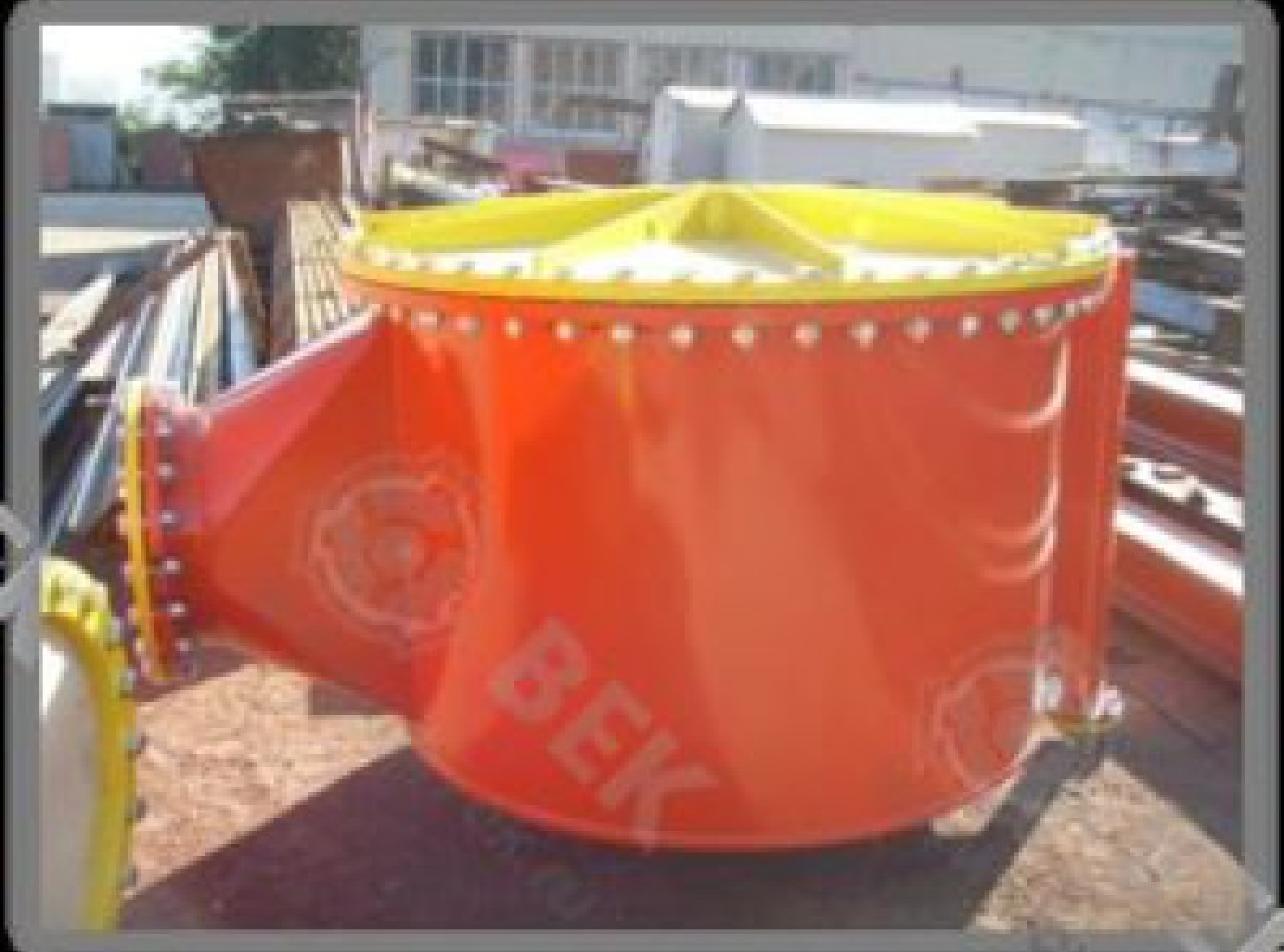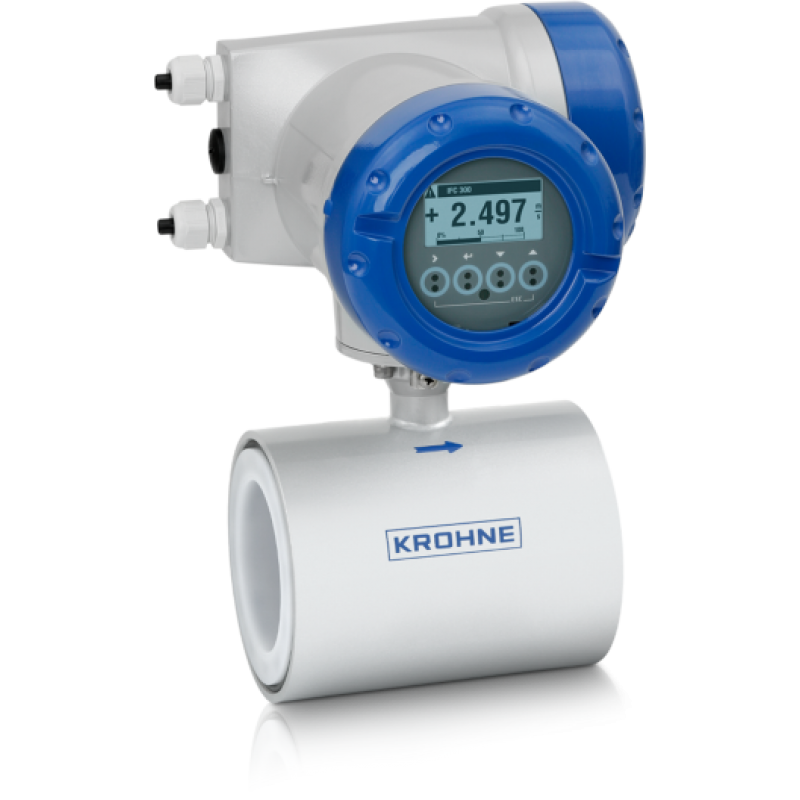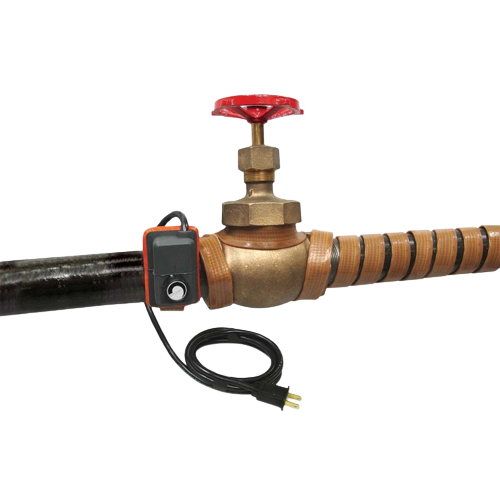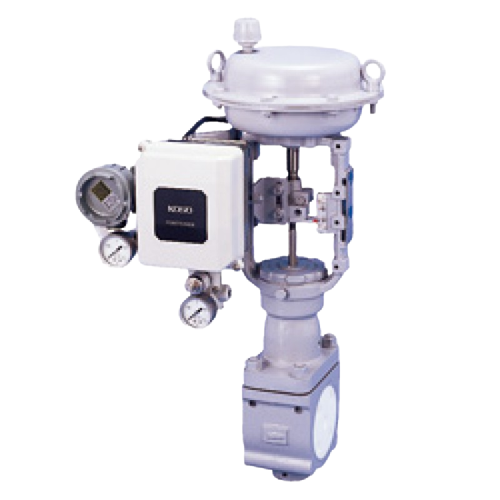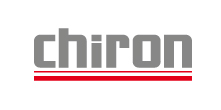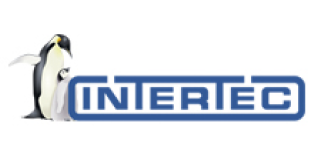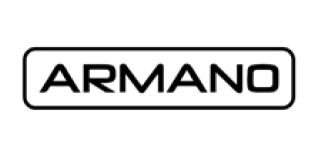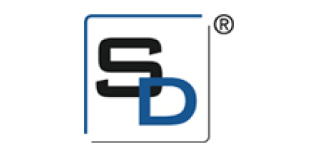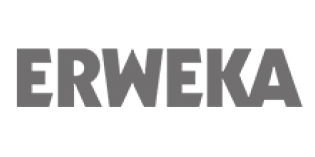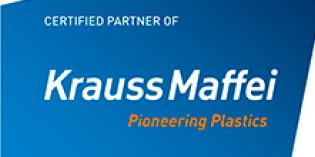The particle size in the water supplied to heating furnaces, to high-pressure pumps for descaling, for cooling the units of steel-smelting furnaces reaches 60 mm.
The purity of lubricating fluids is of great importance. The presence of abrasive parts in the lubricant not only reduces the life of the equipment, but also leads to very serious accidents.
Traditionally, liquid cleaning is carried out by cleaners, the cost and maintenance costs of which are constantly growing as industrial equipment becomes more complex, as new advanced technologies appear, as the requirements for the quality of manufactured products increase. At the same time, the increase in the cost of cleaning systems is not proportional to the increase in the fineness of cleaning.
To ensure a twofold reduction in the size of the retained particles, the cost of cleaning must be increased by 5 times. Considering that in the hydraulic systems of metallurgical, mining, construction and other equipment, the allowable standards are exceeded by tens and hundreds of times, ensuring the required cleanliness by traditional methods will require cleaners, the cost of which will exceed the cost of the protected equipment itself.
EXISTING METHODS FOR CLEANING LIQUIDS

All modern cleaning methods can be divided into two groups: mechanical filters, which are a perforated partition of one design or another, and cleaners in force fields (gravitational, centrifugal, magnetic, electrostatic).
The disadvantages of the first are:
-low dirt capacity
-increase in pressure drop as holes or pores in the baffle plug
-the presence of a bypass valve that bypasses part of the liquid from the line of contaminated liquid to the line of purified liquid without cleaning
-restrictions on the degree of contamination supplied to the purification of liquids
-large overall dimensions, increasing as the throughput or fineness of cleaning increases, etc.
CLEANING THE LIQUID WITH THE HYDRODYNAMIC FILTER

The way out of the impasse in the field of purification of various liquids was the developed principle of hydrodynamic purification. It is based on the creation of flows near each cell of the filter element, which allow only particles whose size is known (3.10 times) smaller than the size of the hole to penetrate through the hole. Larger particles are discharged from the filter or stored in a hopper. The basic principle is being implemented: the task of the filter is not to retain unacceptably large particles on the surface of the filter element, but to ensure the purity of the liquid that has passed through the filter.
Thanks to this fundamental solution, this filter element has a number of advantages, namely:
never clogs and requires no maintenance for an unlimited operating time,
does not need replaceable elements or periodic regeneration,
has a smaller and constant pressure drop,
has a large capacity
there are no bypass valves in the filter, which eliminates the ingress of contaminants into the line of the purified liquid.
Depending on the ratio of the velocities of the flushing and cleaned flows, it is possible to control the degree of cleaning during operation. The fineness of cleaning provided by hydrodynamic filters is unattainable by any other cleaners when they are used directly in production conditions.
If the liquid parameters are maintained within +/- 30% of the nominal, the filter operates without inspection for at least one year, after which the filtering surface is inspected, and if there are defects, it is replaced. The performance of the filter is fully restored.
EXPERIENCE OF IMPLEMENTATION AT ENTERPRISES

AvtoVAZ saved $640,000 a year from just one part-flow filter installed in the soil cleaning line for car painting. The same filters were installed at AZLK and thinner filters at AvtoZAZ. Everywhere hydrodynamic filters were installed in imported lines instead of Italian, German and English filters.
Of particular interest is the use of hydrodynamic filters in metallurgy. As early as 3 years ago, a part-flow fine filter was installed in the sheet-rolling shop of the Donetsk Metallurgical Plant to purify water supplied to high-pressure pumps for descaling. A filter with a capacity of 65 m3/h with a cleaning fineness of 0.035 mm was built into a pipe with a diameter of 600 mm coming from the factory lake - a sump. Cleaning the liquid with this filter not only significantly increased the durability of high-pressure pumps, but also ensured their protection in the event of a burst of contaminants entering the pipeline. At present, another 520 m3/h filter is successfully operating in the workshop.
The Kamensk-Ural Aluminum Plant (SUAL) experienced great difficulties in cooling the molds. The use of a part-flow filter with a capacity of 360 m3 / h with a fineness of 0.5 mm saved the workshop from frequent stops, because the thin tubes of the crystallizer were constantly clogged with impurities.

A milestone for the development of hydrodynamic purification of heavily polluted waters (up to 11 g/l) was a filter installed on the wall of 1700 MMK im. Ilyich. It was designed for a flow rate of 2000 m3/h with a design fineness of 0.5 mm. The filter with such characteristic was not produced anywhere in the world. The filter allows the supply of liquids with particles up to 30 mm in size. For the entire period of operation (more than one year), the filter did not require any maintenance (the filter cleaned 6,000,000 m3 of water), all its components and parts did not undergo any changes, the fineness of cleaning is 0.2 mm, the pressure drop is 0.02.0.03 MPa. The injector wear is completely gone.
Ultra-fine filters of 0.025 mm with a capacity of 60 l/min have been successfully operating on many machines manufactured by the Sterlitamak Machine Tool Plant for many years. The task of this cleaner is to separate small particles from the coolant - met. shavings and various contaminants. Less deep cleaning should lead to equipment failure and a decrease in the quality of products. No other filter has achieved such fineness of purification under production conditions.
Thus, it can be stated that a breakthrough has been made in the field of liquid purification systems, which opens up scope for the emergence of new progressive technology.
